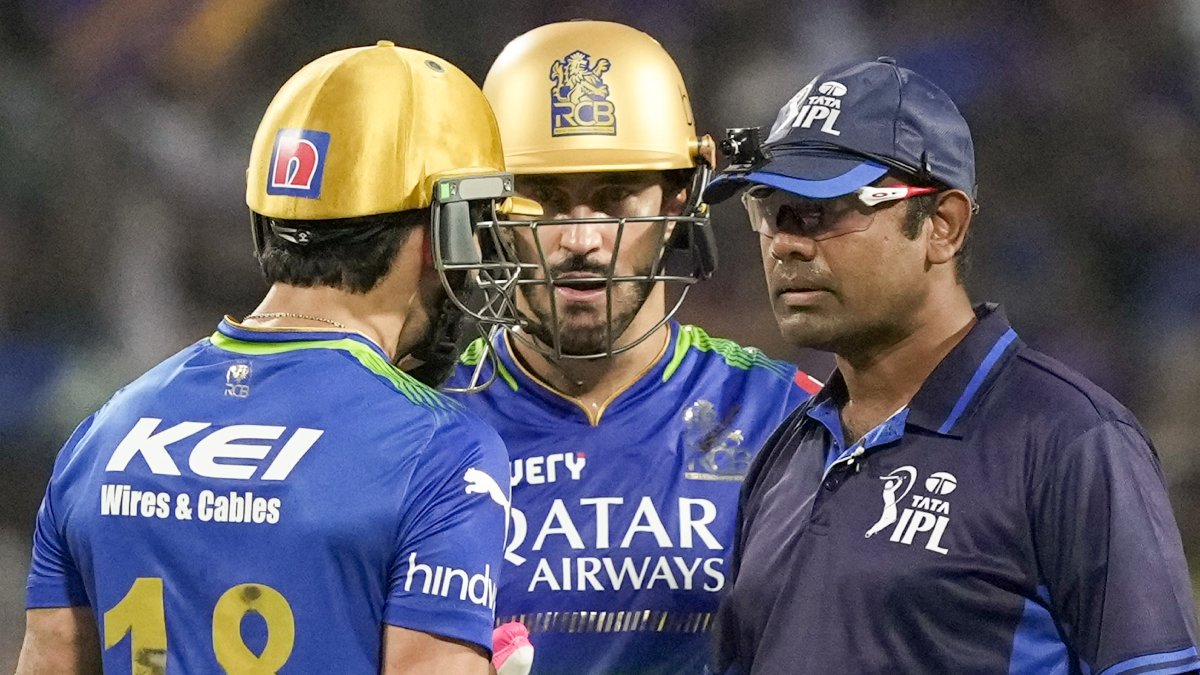Tablighi Jamaat: The core of the Islamic ecosystem and the danger it poses
New Delhi, Apr 01: Back in 2016, the National Investigation filed a chargesheet in connection with an Islamic State related case. In its chargesheet, the NIA speaks about the role played by both the Tablighi Jamaat and the Jamaat-e-Islami.
The Tablighi is currently in the news after over 2,000 tested positive for coronavirus from among the 4,000 who had gathered at the Markaz Nizamuddin in Delhi.

The ISIS may be a new phenomenon, but some members of the group today had taken a radical path several years ago thanks to sermons issued by the above mentioned groups.

For several years now, the Intelligence Bureau has been warning about the role of the Tablighi Jamaat or JeI. They have played a vital role in the radicalisation of the youth. It would not be entirely correct to say that the ISIS changed the perception of these youth.
The ground work was laid several years back and the ISIS only became a vehicle for them to drive across their point.
The NIA chargesheet states much before the ISIS came into existence, members of the Tablighi would circulate propaganda material. At that time around the distribution of such material was not on the internet. They were sermons issued in select Mosques and pamphlets and compact discs were distributed.
While going through the chargesheet it becomes clear that the ground work was laid several years back.
In this context it would be interesting to explore the book written by Abhinav Pandya, " Radicalisation in India, An Exploration.Pandya, a Cornell University graduate in public affairs, is a policy analyst specialising in counterterrorism, Indian foreign policy and Afghanistan-Pakistan geopolitics. He has written for the Vivekananda International Foundation (VIF), a premier think tank of India in national security. For VIF, he has written critical papers on post-ISIS terrorism-scenario, terror- financing and the use of bitcoins in terror financing.

Pandya through his book attempts to explore the phenomenon of radicalisation in India, where counter-terrorism approach has primarily focused on military and law-enforcement measures. The study of Islamic radicalisation has by far remained on the sidelines. While it is highly encouraging that even with the world's third-largest Muslim population, merely 104 youngsters have attempted to join ISIS from India, yet this may be a mere tip of the proverbial iceberg.
Most of the research work of the Indian scholars and policy specialists are focused on those individuals who got radicalised through online channels and attempted to join ISIS.
However, India and the other South Asian nations are going through a different kind of radicalisation that happens in the remote rural and urban areas of India through Tablighi activity and Wahhabi missionaries.
Pandya says, The core of Islamist ecosystem of Kashmir is today, constituted by hardline religious and fundamentalist organisations such as Jamaat-i-Islami (JI), Hurriyat Conference, Jamiyat Ahle-Hadith (JAH), Tablighi Jamaat (TJ), Tahreek-ul-Mujahideen (TUM), and local-cum-Pak sponsored terrorist organizations like Hizbul Mujahideen (HM), Al Badr, Lashkar-e-Toiba (LeT), Jaish-e-Muhammad (JeM, Islamic State of Jammu and Kashmir (ISJK), Ansaar Ghazwat-ul-Hind (AGUH), transnational terrorist groups like Al Qaida (AQ), ISIS, Pak-based 'charity' groups like Jamaat-ud-Dawa (JuD) and Pakistani establishment controlled by ISI.


 Click it and Unblock the Notifications
Click it and Unblock the Notifications


































